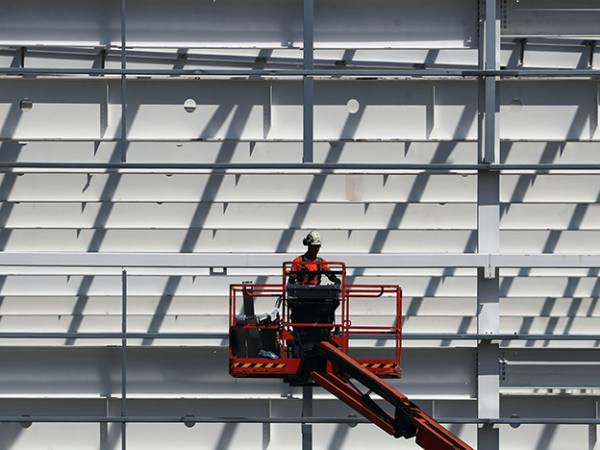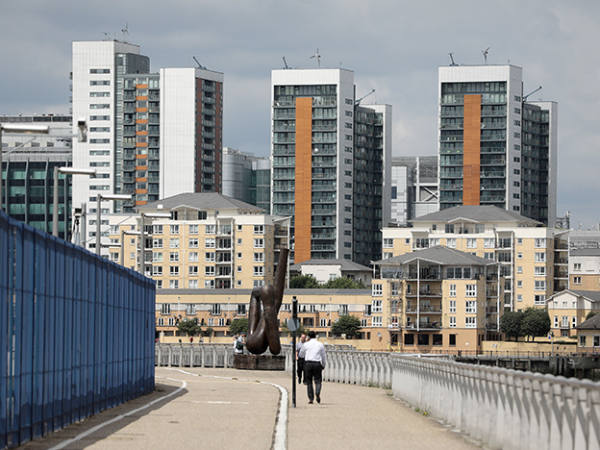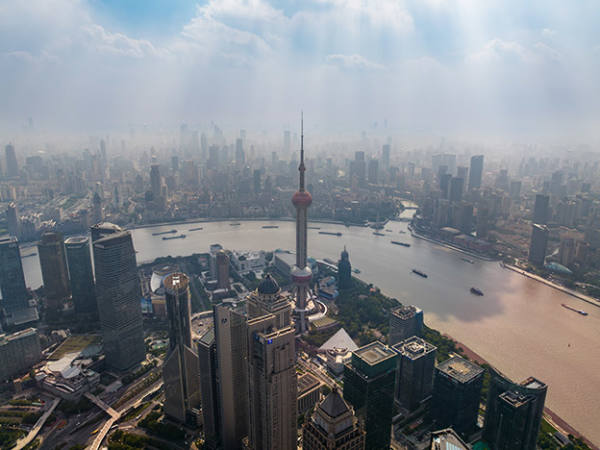- Total portfolio valued at £17.3bn
- Running of assets has caused controversy
Just off the M5 near Bristol is a nondescript business park called Aztec West. Built in the 1980s, the site is home to some decent but not awe-inspiring out-of-town office space at reasonable prices. For King Charles III, however, the site represented an opportunity. In March this year, the then heir apparent snapped up an office asset on the business park let to wealth manager St James's Place for £20mn, representing an investment yield of 4.75 per cent.
Welcome to the fascinating world of the monarchy’s immense property portfolio, a vast swathe of assets comprising a combined £17.3bn in land and real estate assets spread across the UK which, following the death of the late Queen Elizabeth II, has now changed hands. It is governed by a unique mix of the antiquities of British royalty and the realities of British business. The structure of its ownership is complex and its influence on the property market extends far beyond an office block in Bristol.
Taxing issues
The portfolio can be split into three parts: the £15.6bn Crown Estate, the £1bn Duchy of Cornwall and the £713mn Duchy of Lancaster. All three have been passed down without any inheritance tax being paid, although income tax will be paid voluntarily as has been the case since 1993 following a public outcry.
Tax is not the only way in which the monarchy's real estate business dealings have courted controversy. The process of ‘Queen’s [or King’s] consent’ gives the monarch first sight of bills that may affect the crown’s interests, and recent newspaper reports suggest governments of the day have, in the past, carved out exceptions for royalty in a bid to avoid difficult conversations. This sort of influence and exceptionalism gives ‘The Firm’ a big upper hand on its non-royal business competitors.
The unique status of the monarchy’s property portfolio can also be seen in the way it is owned. The Crown Estate does not belong to the private sector, the government nor the royal family directly. Rather, the Crown Estate is owned by the ruling monarch by virtue of the fact that they are the ruling monarch, a legal precedent that dates all the way back to 1066 when William the Conqueror assumed rule over the estate for that reason. The claim has stood for nearly two millennia, passing the property all the way down to Queen Elizabeth II and now to King Charles III.
It all sounds very fairytale, but in practical terms the estate is managed externally by commissioners appointed by the ruling monarch according to the laws set out in the Crown Estate Act. And these commissioners are not robed earls and dukes. They include the likes of Dan Labbad, former head honcho of Lendlease Group (AU:LLC), Robin Budenberg, chair of Lloyds Banking Group (LLOY), and Robert Allen, former chief finance director of Crest Nicholson (CRST) and former chief financial officer of collapsed shopping centre landlord Intu.
As for the money generated, all of the Crown Estate’s profits go to the Treasury, before a portion of them – currently a quarter depending on a series of provisions – are handed back to the ruling monarch every financial year in the form of the sovereign grant, which provides funding for official duties and maintains the upkeep of the royal palaces. For the year ended 31 March 2022, the monarch received £86.3mn this way.
Sovereign-savings
That kind of profit is not generated passively. The Crown Estate is an actively managed portfolio consisting of prime UK property assets. It also owns miles of land beyond the UK, claiming dominion over the seabeds stretching out from the British coasts. This has allowed the Crown Estate to auction the land out for use as offshore windfarms, and for the Treasury to exploit the seabeds’ vast oil and gas reserves on the Crown Estate’s behalf.
On dry land, it owns the Windsor Estate, thousands of acres of farmland and a lot of commercial real estate. Those commercial properties include Westgate Oxford, a luxury shopping centre that it jointly owns with Landsec (LAND); Cambridge Business Park, comprising 325,000 square foot of out-of-town office space spread across 12 buildings and let to tenants including the BBC; and £7.7bn-worth of prime commercial space in London.
It is in the capital where the Crown Estate has its biggest impact. It owns the entirety of Regent Street and St James’s, and this is noticeable when the two areas are compared with Oxford Street. While the latter has become plagued with a plethora of low-end souvenir and American sweet shops thanks in part to the lassez faire attitude of its disparate gaggle of landlords – shops that are now under investigation by Westminster council for counterfeit goods and business rates avoidance – Regent Street and St James’s have maintained their status as luxury shopping destinations because the Crown Estate has the scale and scope to make long-term, strategic decisions.
For an example of what this looks like, consider the Crown Estate’s policy on what sort of retail tenants it will accept on Regent Street. Some of this is as you might expect. Betting shops, casinos and sex shops are not permitted. However, some of the “prohibited” businesses are less intuitive. “Shop selling or hiring videos or DVDs, mobile phone shop, electrical goods shop, car showroom, discount store, charity shop”: these are all on the banned list as well.
Then there are the Duchies of Cornwall and Lancaster. The former funds the official and private expenditure of the Prince of Wales; the latter is the monarch’s private income. Like the Crown Estate, the assets within the Duchies are managed with proper business acumen, which is why former Knight Frank chair Allistair Elliott was drafted onto the Duchy Council in August this year. However, unlike the Crown Estate, these two smaller portfolios of assets are owned and managed by the monarchy directly – the only income that goes to the Treasury is tax paid on the portion of the incomes that are not used for official purposes.
The Duchy of Cornwall is the larger portfolio of the two, and includes much of the Isles of Scilly off the south-west coast of England, 67,000 acres of land in Dartmoor, the Oval cricket ground in London, the entire town of Poundbury (developed in accordance with Charles’ personal taste in architecture), another town called Nansledan being developed in much the same way, and that office building at Aztec West in Bristol.
This Duchy was created by Edward III in the 14th century to give independence to the heir to the throne, who owns it by inheritance. This means that, now that Charles is monarch rather than heir, its ownership goes to Prince William. Charles' personal attitudes towards design and sustainability defined the way in which that estate was run, which means that Prince William has the potential to put his own stamp on the estate, too. According to real estate news website CoStar, the Duchy is looking to reinvest the proceeds from a £70mn warehouse sale into office, retail and supermarket investments, with the Bristol acquisition forming part of this strategy. How William feels about strategic decisions like these – both big and small – and whether he will want to do things differently remains to be seen.
Charles, for his part, now has dominion over the smaller Duchy of Lancaster, an estate that has been passed down to the ruling monarch to own and manage directly. This portfolio includes 45,000 acres of land and the Savoy estate in London, home to The Savoy hotel and Somerset House.
The portfolio will no doubt be less unwieldy to manage than the Duchy of Cornwall, a task Charles described as a “baptism of fire” when he first took on the portfolio aged 21. Then again, there is the question of how much portfolio management he will have time for now he is on the throne. Presumably, he will be busy with other royal duties, which suggests a more hands-off approach is on the cards.












